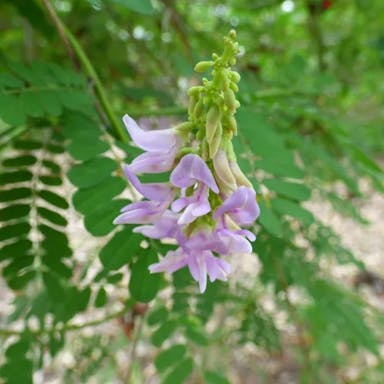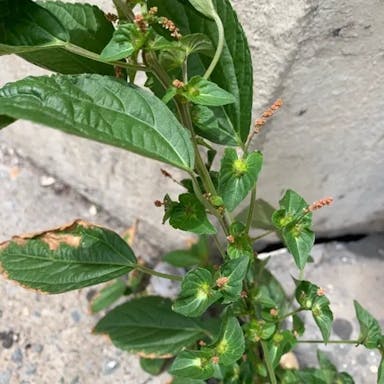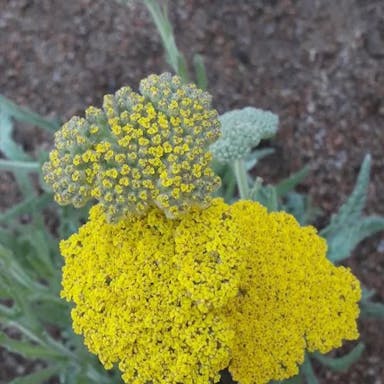American agave, also called Agave americana, persists among plants that belong in to the Agavaceae social unit. It lives where Mexico is, but people raise it in parts of the earth. This organism has big, circular stems of leaves that hold much water, are thick and pointy, with sharp on the sides. The parts that take in light are usually greenish-gray and can become as long as 6 feet and 10 inches wide. The American agave is known for its impressive flower axis, which can reach heights of up to 30 feet. The flowers are greenish-yellow in color and are arranged in dense bunches at the top. This being typically blooms once in its lifetime, usually after 10 to 25 years, and then perishes. For raising it, the American agave is relatively straightforward to mature and can manage not much water. It prefers land that empties well and full sunlight. This organism is commonly used in landscaping due to its form and ability to endure harsh conditions. While the American agave does not yield fruits for eating, it is known for its fluid, which can make various goods like tequila and agave syrup. In Mexican culture, the being holds symbolic meaning and is often linked with strength and determination. Overall, the American agave is a striking and resilient organism that contributes beauty and character to gardens and landscapes.
0
0












